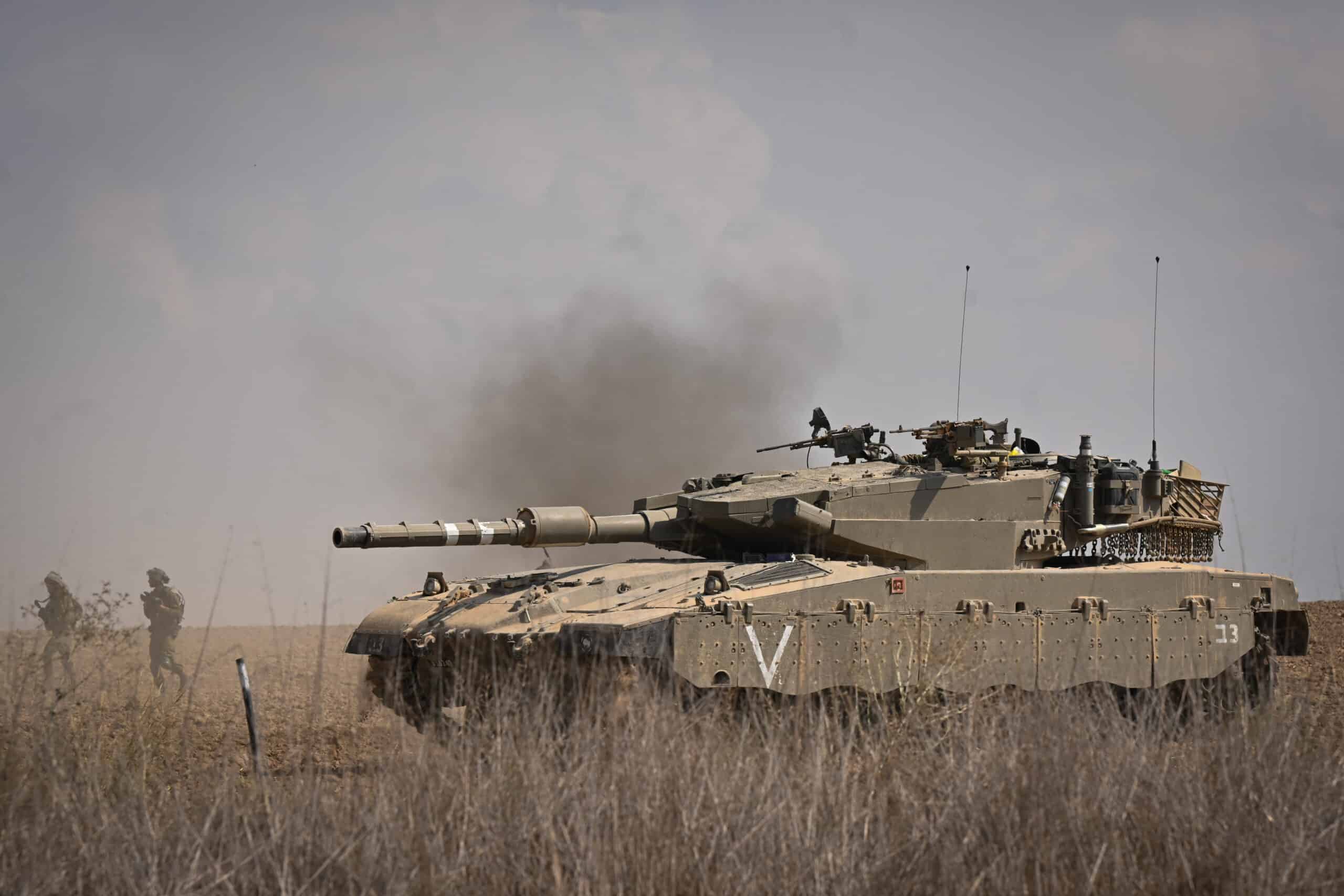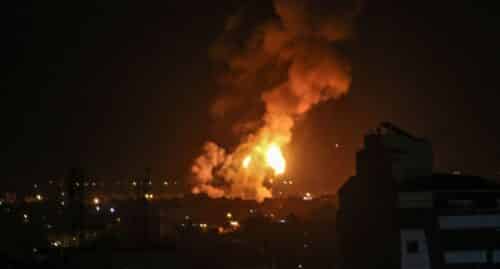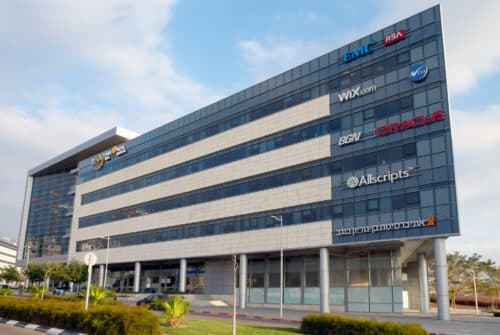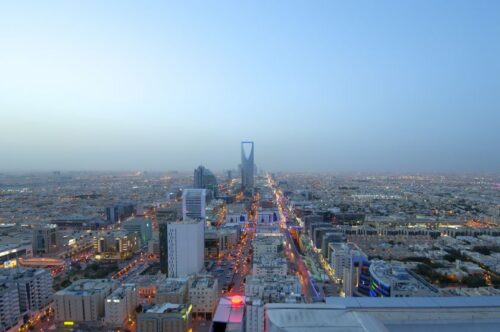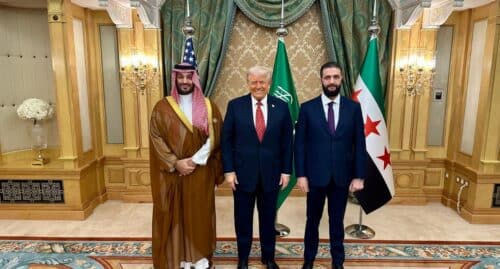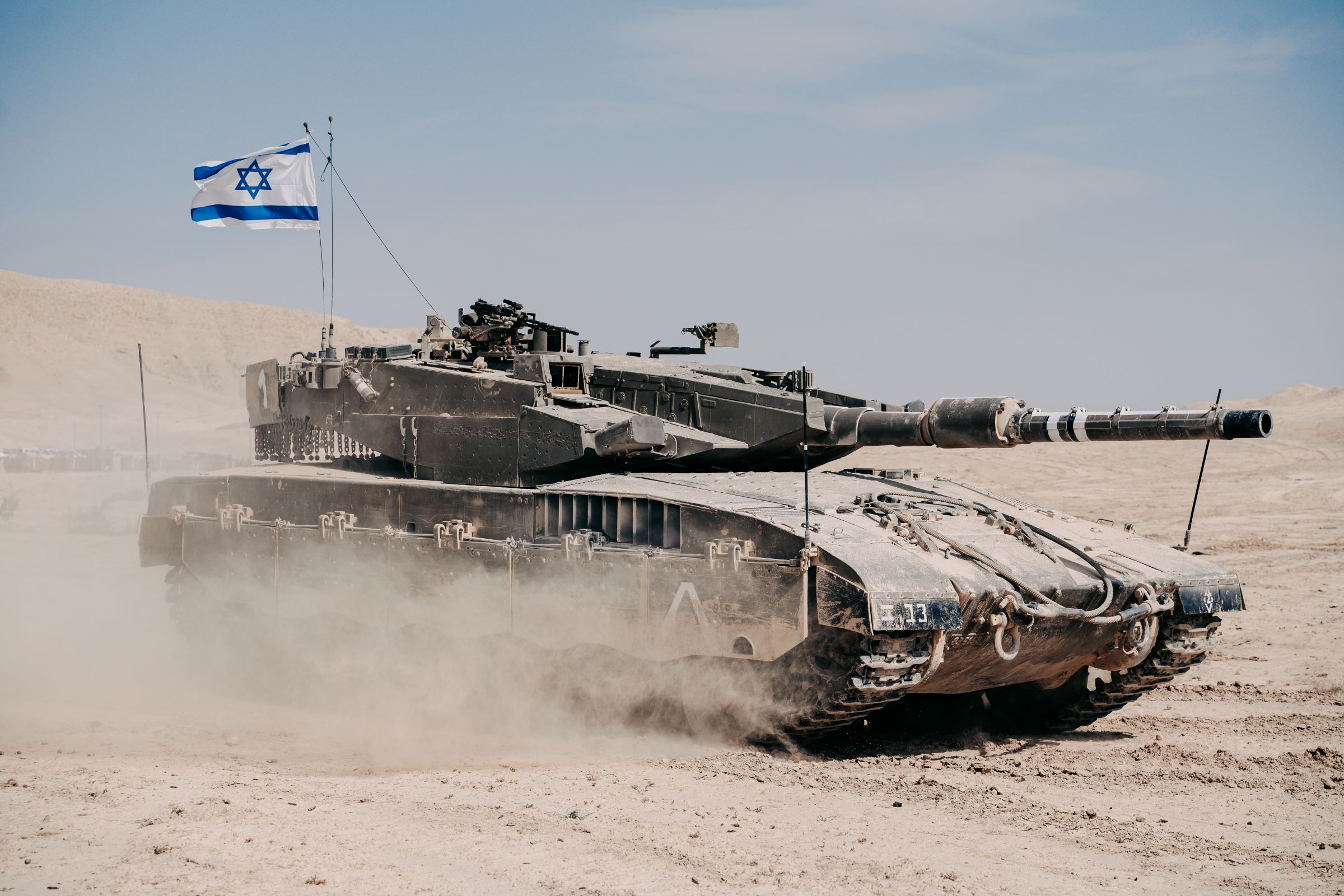
The End of the Sherman: Do It Yourself
The Armored Corps is currently considered one of the main and most important forces in the IDF, but this was not always the case. During the War of Independence, the State of Israel relied mainly on infantry forces and possessed only 15 tanks. Over the years, the number of tanks gradually increased, and with it the scope of involvement of the armored forces in the IDF’s operational activities. In Operation Kadesh (the 1956 Sinai War), Israel already operated 200 tanks, in the Six Day War (1967) it operated about 1,000 tanks, and in the Yom Kippur War (1973) the number of tanks in use had already risen to 2,000.
Despite the quantitative increase, the quality of the tanks at Israel’s disposal barely improved. Due to various diplomatic motives, countries around the world refused to sell Israel new tanks, and the fledgling country was forced to rely on old and incompetent tanks such as the Shermans from World War II and the British Centurions that had become obsolete. The IDF and the Israeli defense industry made great efforts to rehabilitate and improve those old tanks, but it was clearly impossible to rely on such improvisations in the long run.
During the 1960s, two turning point events occurred that pushed the State of Israel to find a solution to the tank crisis. The first event was the news that Arab countries were expected to receive T-62 tanks from the Soviet Union, which were considered the most advanced tanks in the world at the time. The second event was the Chieftain tank affair, when England withdrew at the last minute from its commitment to sell advanced tanks to Israel. These two events made Israel realize that it had to catch up in the armor race vis-a-vis enemy countries, and that it had no choice but to do this on its own.
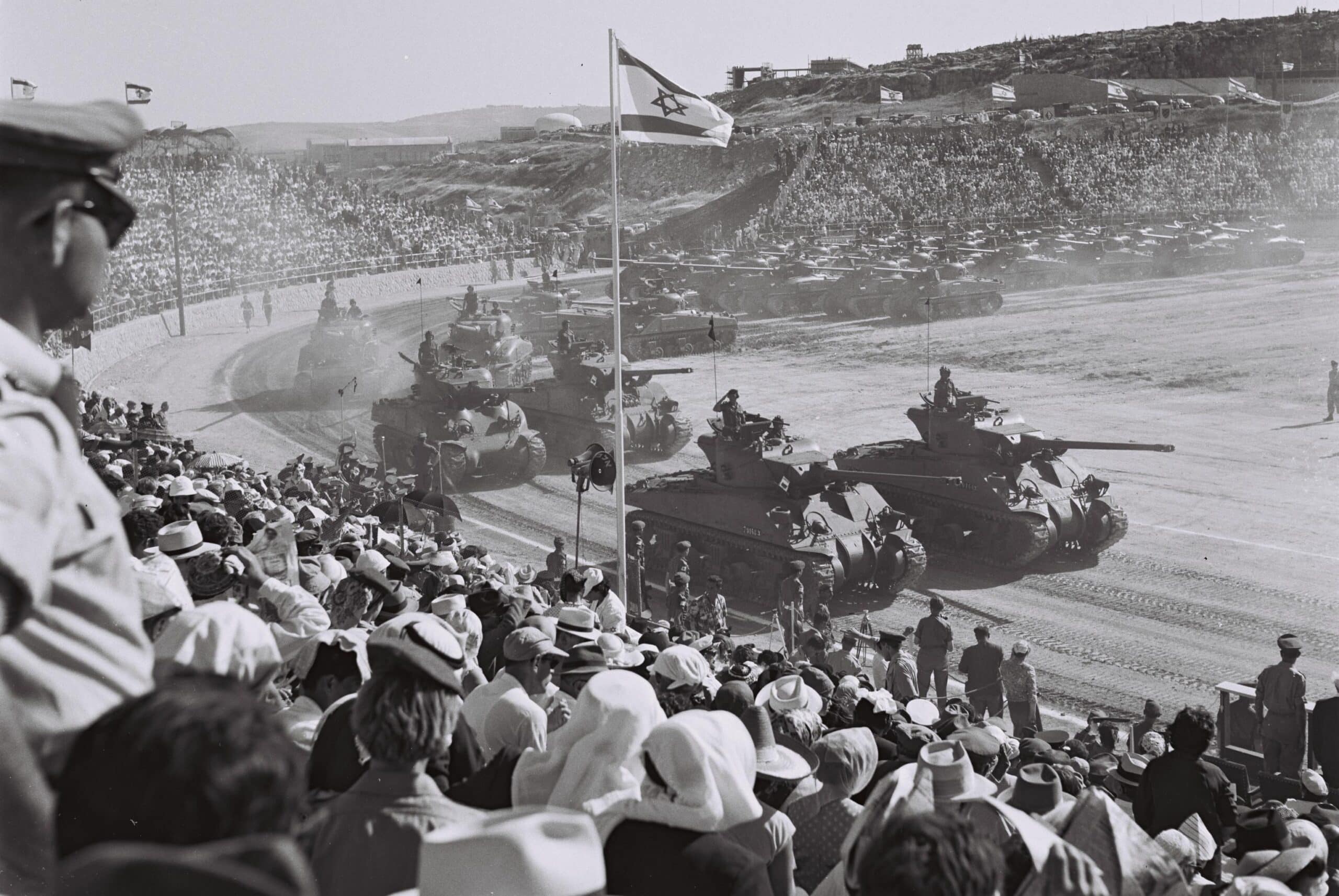
Getting the caterpillars moving: The development process begins
In 1969, subsequent to the collapse of the deal to purchase tanks from England, the possibility of Israel producing tanks itself was first considered. To examine the feasibility of this, a committee was formed, comprised of professionals and security experts, headed by Major General Israel Tal, later nicknamed the “Father of the Merkava.” The committee was required to examine both the State of Israel’s technological and infrastructural capabilities, as well as the economic viability of the move. The committee’s conclusions were that the State of Israel is capable of establishing a tank industry and that such an industry would provide a solution to its military needs, reduce dependence on other countries, and even benefit the country economically. A few months later, in August 1970, the official decision was made, and the State of Israel embarked on this ambitious project.
In order to promote the project, the Merkava Tank Planning Directorate was established, which bore overall responsibility for development, and the Tank Development Authority (TDA), which dealt with engineering planning. To save time and costs, it was decided to rely as much as possible on infrastructure that already existed in the IDF and the defense establishment. This is how the IDF Tank Rehabilitation and Maintenance Center (RMC), which until then had been used to improve tanks, became the assembly plant for the new tank. Similarly, the IDF’s Equipment and Spare Parts Center and the Procurement and Production Directorate were modified in order to meet the needs of the project. Another decision made was to make tank production a nationwide project, and for this purpose about 200 factories in the defense and civilian industries were converted into factories to manufacture tank parts. The Ardan foundry, for example, began producing heavy armor castings that were used for the turret and the chassis (the bottom portion of the tank), and the IMI factories began producing tank cannons.
The Israeli tank production process lasted a total of about nine years, and on February 20, 1979, the long-awaited moment arrived and the first Merkava tank entered operational use in the 7th Armored Corps Brigade.
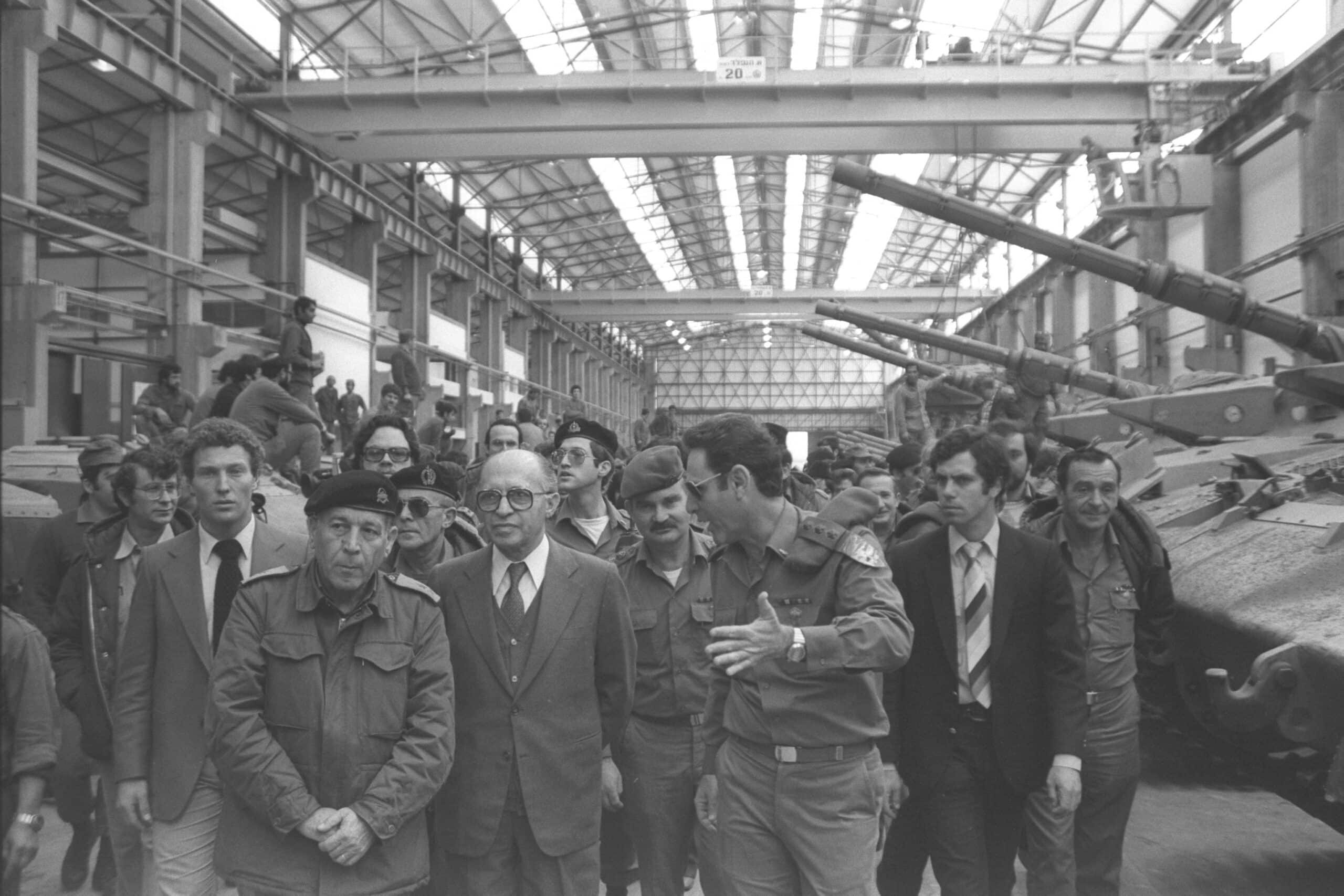
Improving and perfecting the Merkava
The first Merkava tank, known as the Merkava Mark 1, was considered a modern and advanced tank at the time. It boasted unprecedented defense capabilities and high survivability, made possible in part by the revolutionary decision to move the engine to the front of the tank.
Since then, the Merkava tank has undergone a series of modifications, which improved both its defense and performance on the battlefield. The Merkava tanks were equipped with fire control systems, night vision devices, and improved firepower systems. Over the years, more advanced models were also developed, and the most advanced – the Merkava Mark 4 – entered IDF service in 2003. Today, the improved models of the Merkava Mark 4 tank benefit from advanced command and control systems, and are equipped with the Wind Jacket active defense system that facilitates maximum protection for the soldiers inside the tank.
Over the years, the State of Israel has produced thousands of Merkava tanks, and these have been used in all the campaigns and wars that have erupted since: In the First Lebanon War, the Merkava Mark 1 tank was used against Syrian armored forces; during the Second Intifada, the Merkava Mark 2 and 3 tanks were used for patrols in dangerous areas and to support infantry forces; during the Second Lebanon War, three armored divisions entered Lebanese territory; and during the Sword of Iron War, the tanks – mainly the Merkava Mark 3 and Mark 4 models – played a central combat role and greatly assisted in ground operations in Gaza and Lebanon.
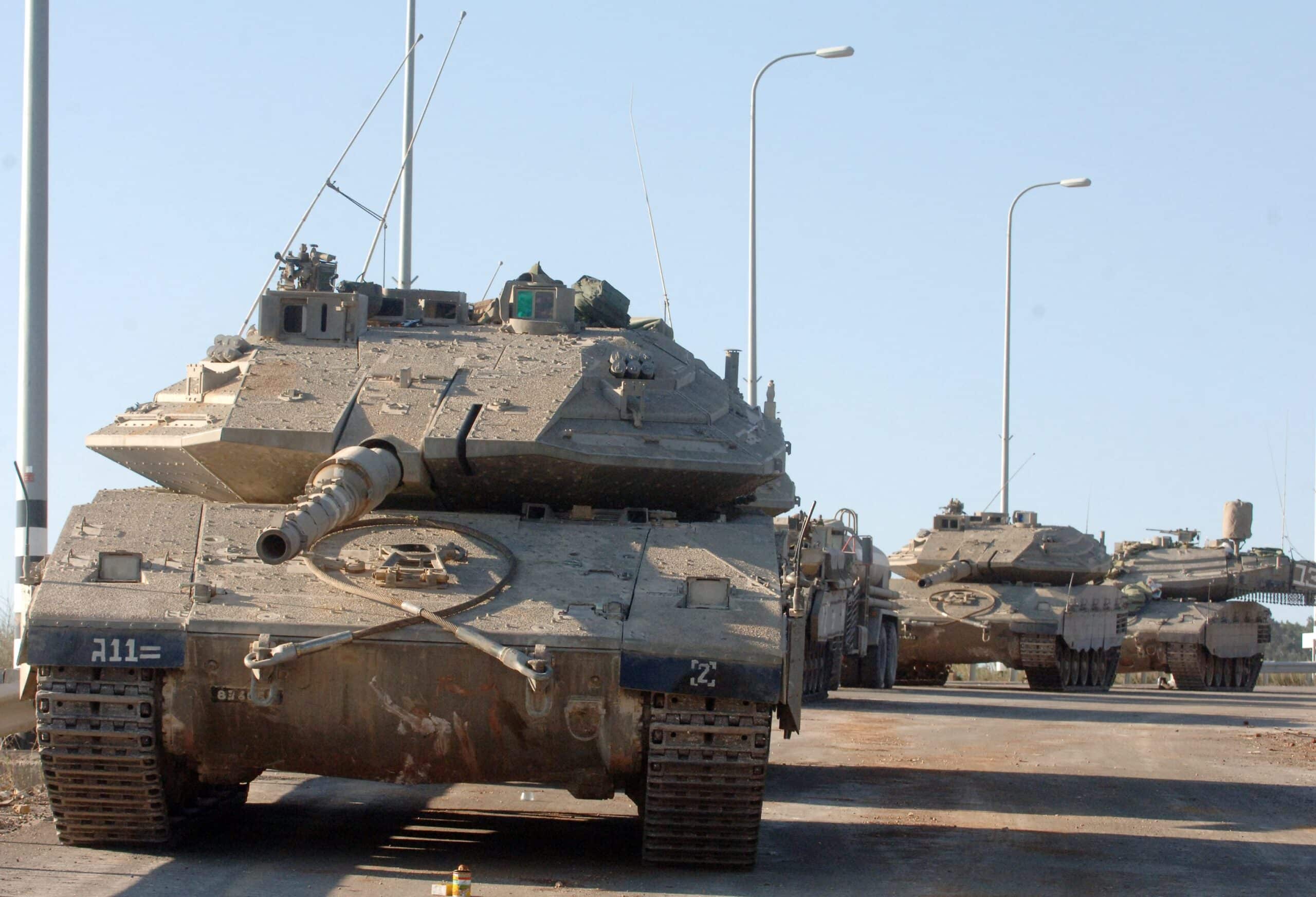
Only in Israel: Sales prohibited to foreign countries
The Israeli Merkava tank is currently considered the most advanced tank in the world, and few tanks manage to come close to its capabilities. One might expect that the State of Israel would want to exploit the inherent economic advantage of this and export the tank to other countries, but from the very beginning of Merkava tank production, its sale to foreign countries was prohibited in order to maintain the Israeli Armored Corps’ unique advantage.
It was only in 2010 that the Ministry of Defense decided to permit, in principle, the sale of the Merkava Mark 4 tank to “select customers”. In 2014, the Ministry of Defense signed the first Merkava export deal with a foreign country, whose name is prohibited from publication. In 2023, negotiations were held to sell Merkava Mark 2 and Merkava Mark 3 tanks, which are retired from IDF service, to a European country and a South American country whose names were also not disclosed, but these plans were halted due to the Swords of Iron War. So, to date, the State of Israel is probably the only country in the world, or one of the few, in possession of the Merkava tank.
Besides its uniqueness, another source of pride lies in the fact that approximately 80% of the tank’s components are manufactured in Israel, so the project provides a source of livelihood for tens of thousands of Israelis in more than 200 factories nationwide. Nowadays, when there is much talk about the importance of self-development of weapons and combat equipment, it is good to remember the strength of the Israeli defense industry and the immense potential of domestic production.
